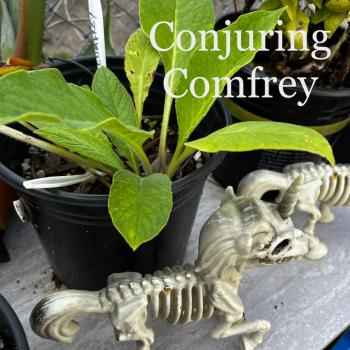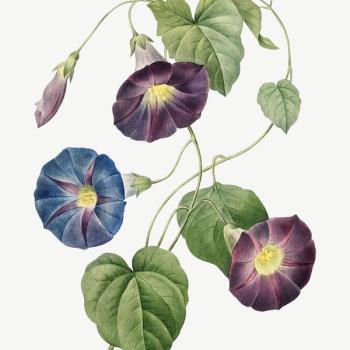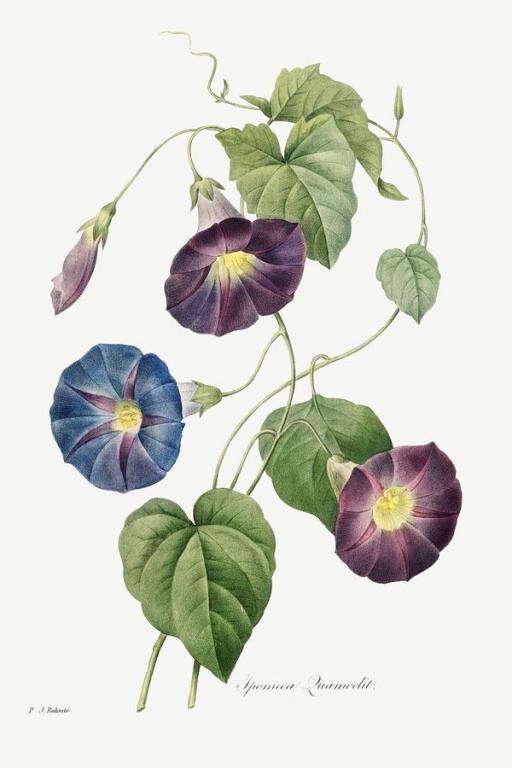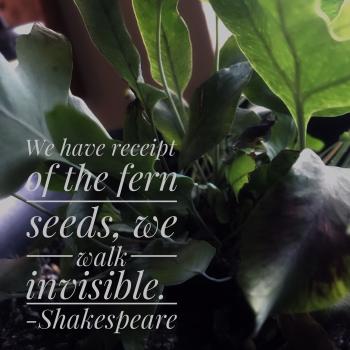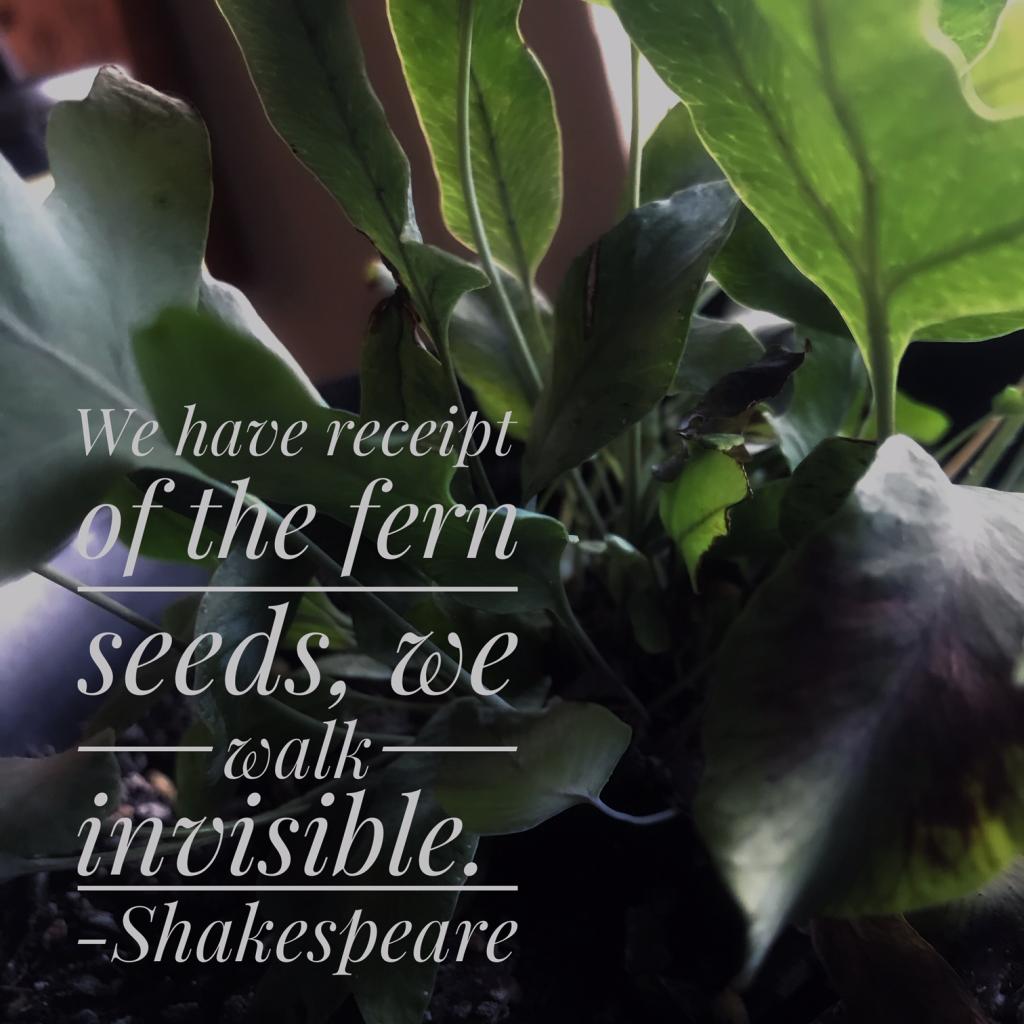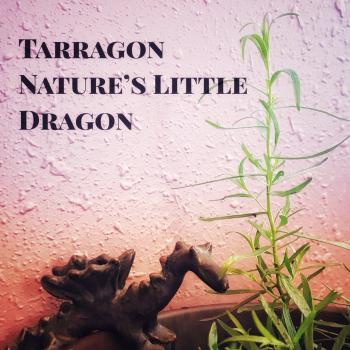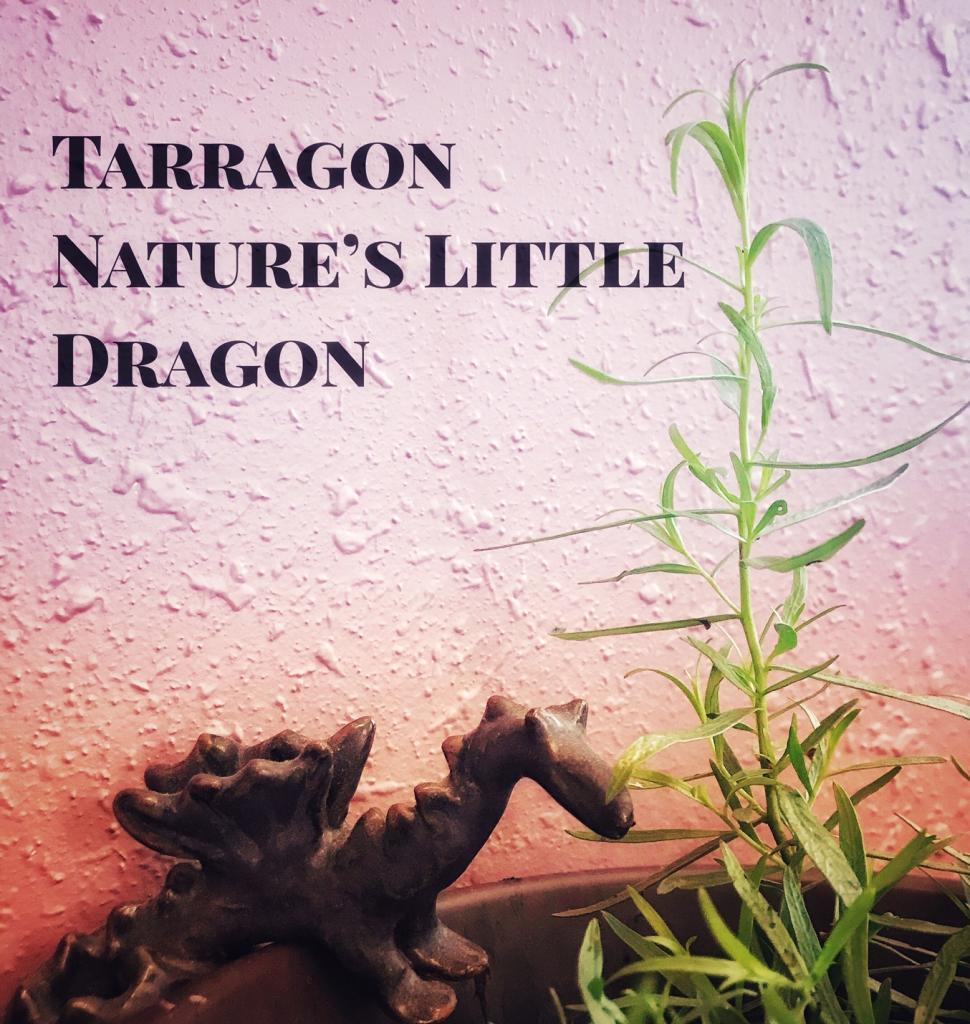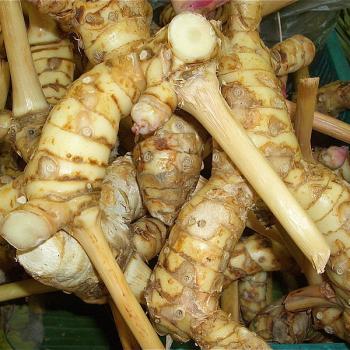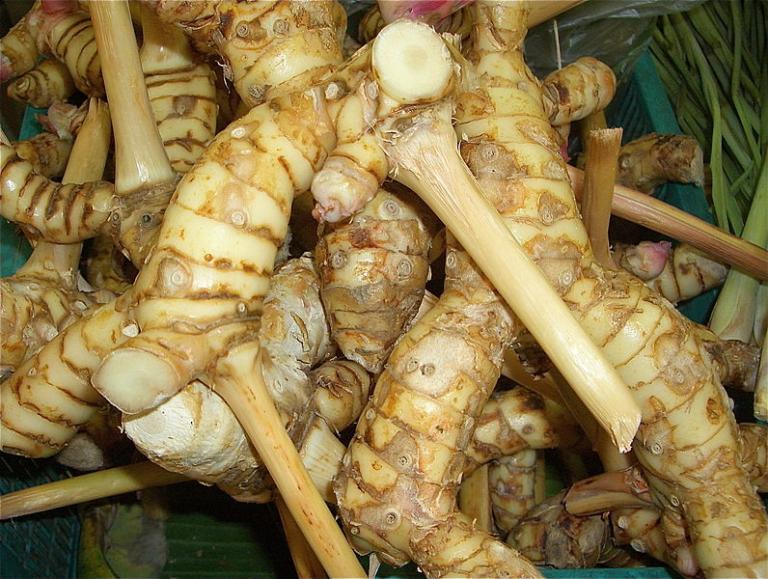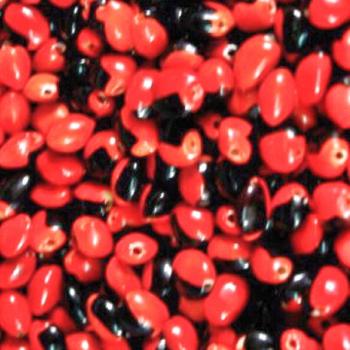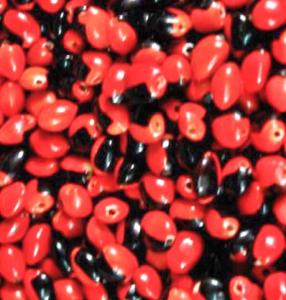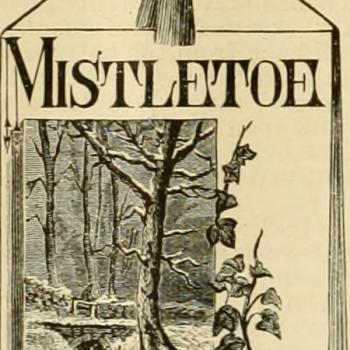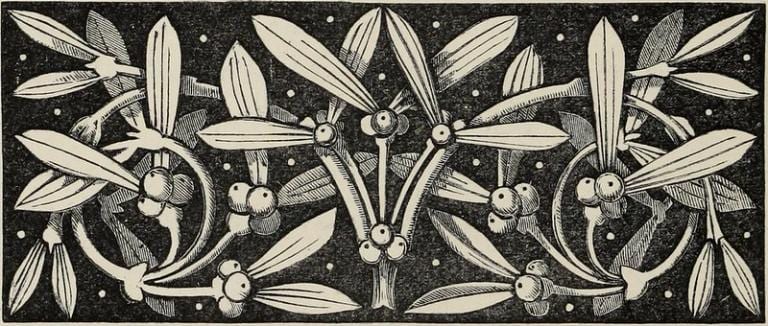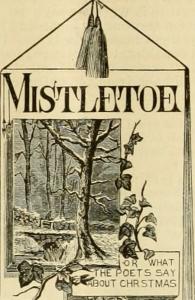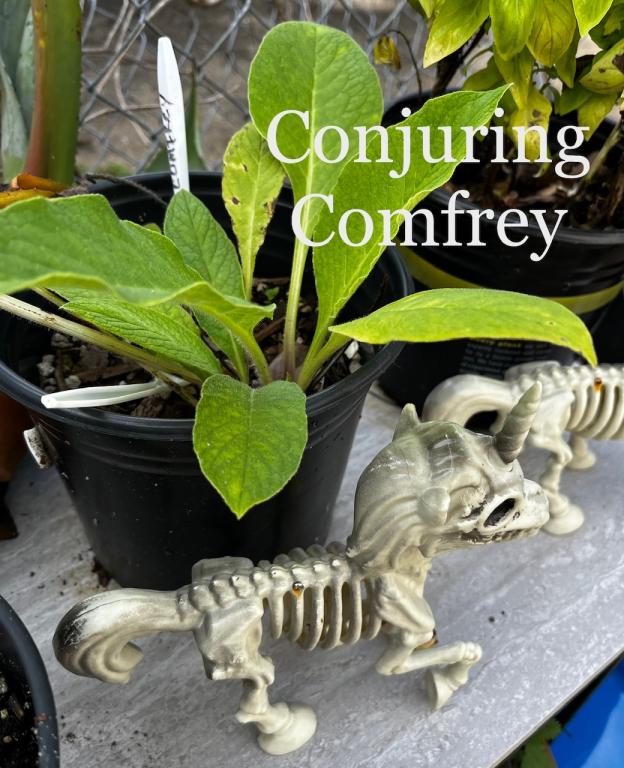
Comfrey is a delightful plant that can do many things both spiritual and mundane. It may not be as popular as sage or lavendar, but it is infinitely valuable nonetheless. The use of this plant goes back over 2,000 years, and it’s botanical name is Symphytum officinale L. Comfrey is native to Europe and parts of Asia. This plant’s ancient history tells us that they are many magickal and practical uses which we will detail in this post.
Magickal Uses of Comfrey
- Protection during travel (place in your luggage or pocket during trips)
- Healing from illness (can be used in mojo/medicine bags for the sick)
- Anti-Theft aid (plant near your door to deter unwanted intruders)
- Financial abundance (place in your wallet or handbag)
- Fidelity and commitment (can be used as part of a commitment or handfasting ceremony)
- Gambling luck (place in your wallet, pocket or handbag while gambling)
I recently planted some comfrey in my community garden, and I started thinking about all it’s garden uses. People use it as a nutrient rich addition to the compost pile. It is also a good deterrent for slugs. Some people recommend using the leaves for mulch. However, the most popular use in the garden is the making of a comfrey tea.
Fertilizer Tea
This is a very stinky process that requires some patience, but comfrey tea is well worth it for your organic garden. The method is quite simple – add fresh comfrey leaves chopped up to some fresh water in a food grade jug or bucket. Cap or cover the mix and leave for three weeks or more. When ready it will resemble a thick slurry. Comfrey can irritate your skin so be sure to wear gloves. When diluted (recommended strength is 1:4 or greater) this mixture makes a great fertilizer, but can also be used as a foliar spray.
This herb has also long been heralded for it’s medicinal value. This is because comfrey contains a substance called allantoin which is known to rejuvenate cells. Commercially it is sold as a salve and used to heal skin and joints. It is best to use preparations made from the leaves, and as with all herbs and plants follow medical advice before using it on yourself.
Please check out the other posts in our Herbal Magick series. As always if you have enjoyed what you read here please remember to give a like, comment, or share !


